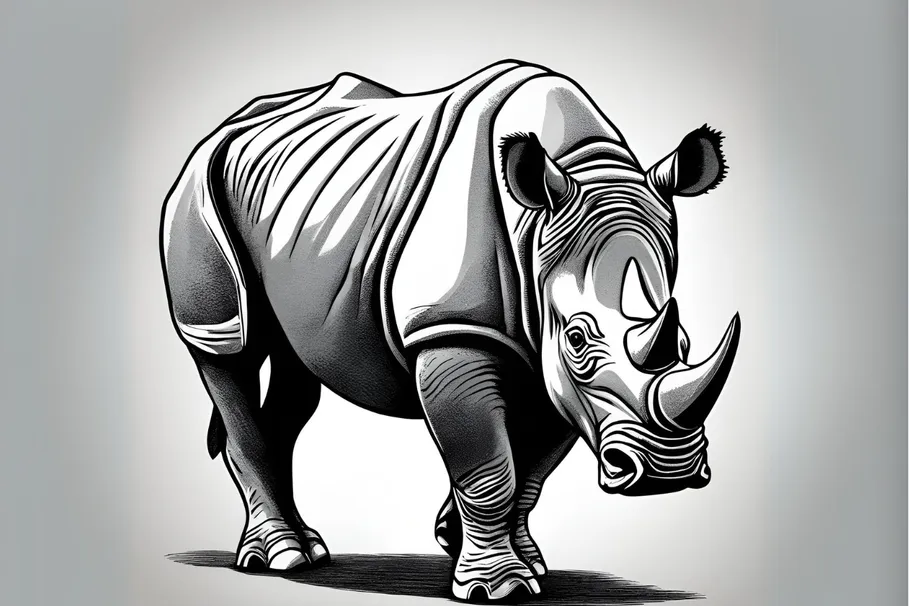In a world brimming with diverse and magnificent wildlife, many species are on the brink of extinction. Supporting and protecting these endangered species is crucial for maintaining ecological balance and preserving the beauty of our planet. Here’s a guide on how you can make a difference in the fight to save these incredible creatures.
1. Educate Yourself and Others
Knowledge is power. Understanding the plight of endangered species and the reasons behind their decline is the first step toward making a positive impact.
- Learn About Endangered Species: Familiarize yourself with the species that are at risk and the specific threats they face. Organizations like the World Wildlife Fund (WWF) and the International Union for Conservation of Nature (IUCN) provide detailed information.
- Spread Awareness: Share your knowledge through social media, community groups, or educational events. The more people know, the more support endangered species will receive.
2. Support Conservation Organizations
Many dedicated organizations are working tirelessly to protect endangered species. Supporting these groups can amplify your impact.
- Donate: Financial contributions help fund crucial conservation projects, such as habitat preservation and anti-poaching efforts.
- Volunteer: Offer your time and skills to organizations that focus on wildlife conservation. This could involve anything from administrative work to field research.
3. Adopt Sustainable Practices
Your daily choices can have a significant impact on the environment and the species that inhabit it.
- Reduce Your Carbon Footprint: Opt for energy-efficient appliances, use public transportation, and reduce waste to help combat climate change—a major threat to wildlife.
- Choose Sustainable Products: Support businesses that use eco-friendly practices and products. This can include everything from sustainably sourced seafood to products with minimal environmental impact.
4. Participate in Citizen Science
Citizen science projects allow you to contribute to scientific research and conservation efforts from home.
- Join Projects: Participate in initiatives like bird counts, wildlife tracking, or data collection for research studies. Your observations can provide valuable information for scientists.
- Use Apps and Websites: Tools like iNaturalist or eBird enable you to record and share your sightings, helping researchers monitor species populations and health.
5. Advocate for Policy Changes
Laws and regulations play a crucial role in wildlife protection.
- Support Legislation: Advocate for laws and policies that protect endangered species and their habitats. Contact your representatives, participate in petitions, or join advocacy groups.
- Stay Informed: Keep up with current issues and developments in wildlife conservation to effectively support and advocate for necessary changes.
6. Practice Responsible Wildlife Tourism
If you choose to engage in wildlife tourism, do so with care and respect for the animals and their habitats.
- Choose Ethical Tours: Select tour operators that prioritize the welfare of wildlife and follow ethical practices. Avoid attractions that exploit animals or disrupt their natural behaviors.
- Follow Guidelines: Adhere to guidelines for wildlife viewing, such as maintaining a safe distance and minimizing environmental impact.
7. Support Habitat Preservation
Protecting the natural habitats of endangered species is essential for their survival.
- Participate in Local Conservation Efforts: Get involved in local initiatives focused on habitat restoration and preservation.
- Support Protected Areas: Advocate for the creation and maintenance of protected areas like national parks and wildlife reserves that provide safe havens for endangered species.
8. Be a Responsible Consumer
Your consumer choices can affect wildlife and their habitats.
- Avoid Products Linked to Deforestation: Steer clear of products that contribute to deforestation or habitat destruction, such as unsustainable palm oil or illegal timber.
- Choose Eco-Friendly Products: Opt for products with minimal environmental impact and those certified by recognized sustainability standards.
Conclusion
Protecting endangered species is a collective effort that requires awareness, action, and dedication. By educating yourself, supporting conservation efforts, and making mindful choices, you can contribute to the survival of these remarkable species. Every action counts, and together, we can make a significant difference in ensuring a future where wildlife thrives.
Join the movement, take action today, and be a champion for the planet’s most vulnerable inhabitants. The future of our planet depends on it! 🌍🦁🌿


